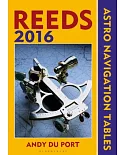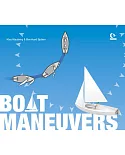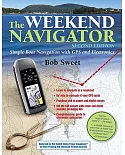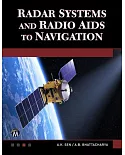This publication is a result of joint research conducted under "Ecosystems for Life: A Bangladesh-India Initiative" on the convergence of inland navigation and IWRM, and it specifically
focuses on the links between economic development and environmental security. The waterways between Bangladesh and north-eastern India provide an important means of cheap transport for bulk
agricultural and other goods, but they have been affected by hydro-morphological processes and withdrawal of water which has reduced their navigability in many regions, especially during the
dry season. Ensuring sustainable navigability through river improvement and conservation efforts is important in securing not just environmental outcomes but also social and economic
benefits. The joint research team (JRT) for this project included experts in the field from Bangladesh and India who worked with a common methodology, and who met several times during the
course of the study. The research focused on the sustainability of the international navigation route between Ashuganj and Karimganj in the north-eastern part of Bangladesh and India to
determine what physical and policy impediments exist, and to make recommendations on how to overcome them. Based on the analysis of various data sets collected through field survey and other
means, the report makes a number of important recommendations for improving navigability. This is a timely report given the growing public and political awareness on the importance of IWT,
and the vulnerability of key waterways to environmental degradation and misuse. It has been prepared with a view to its use by academics and civil society organisations, but it also contains
specific recommendations for public policy changes and improvements which will be made available to relevant government agencies in both Bangladesh and India.





















